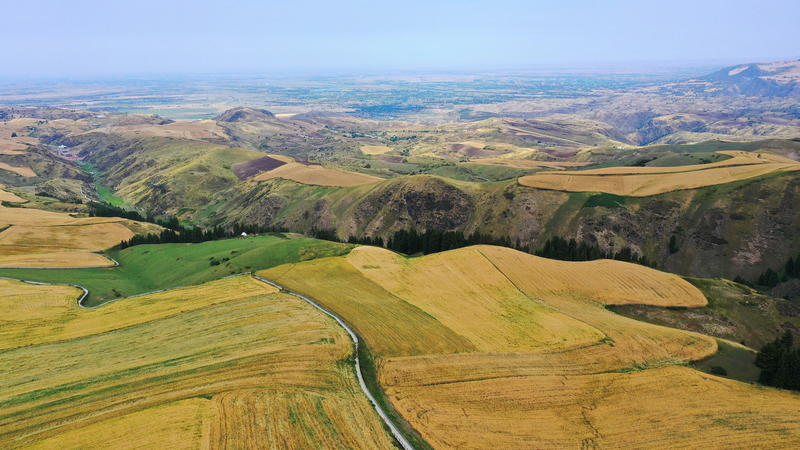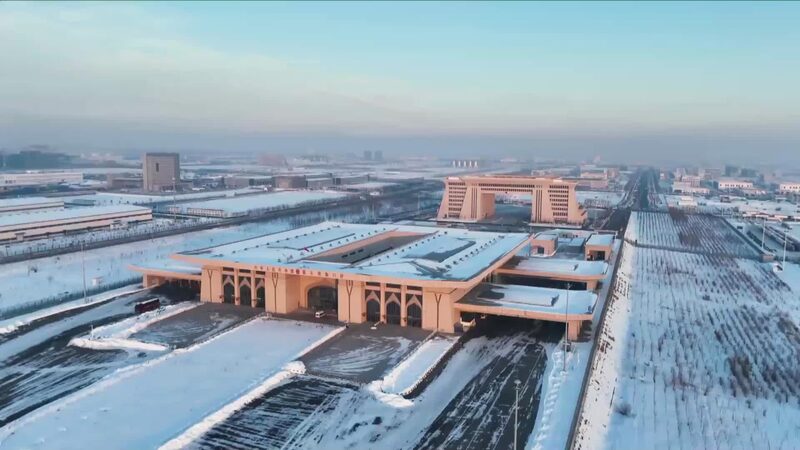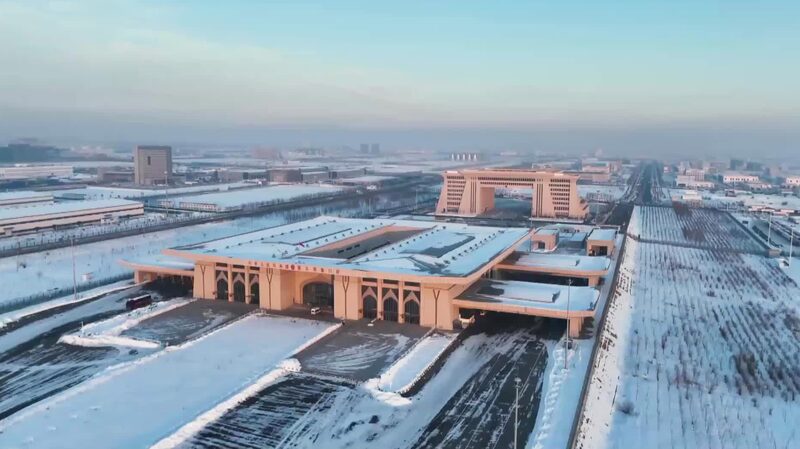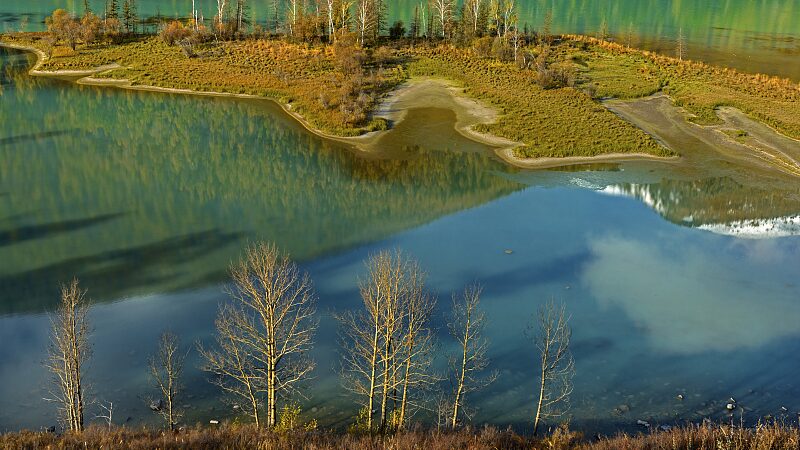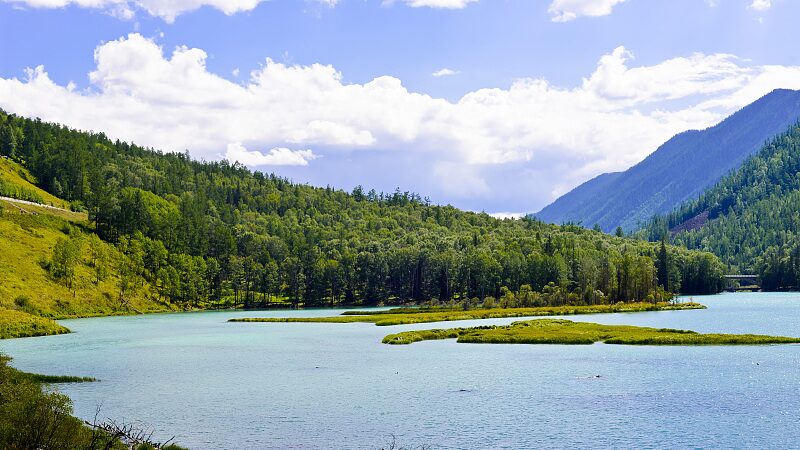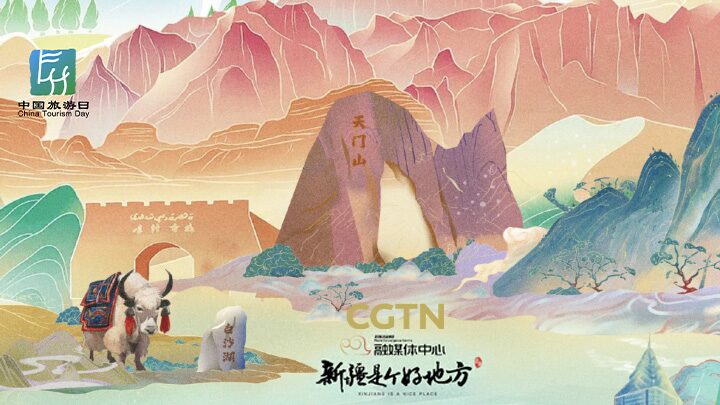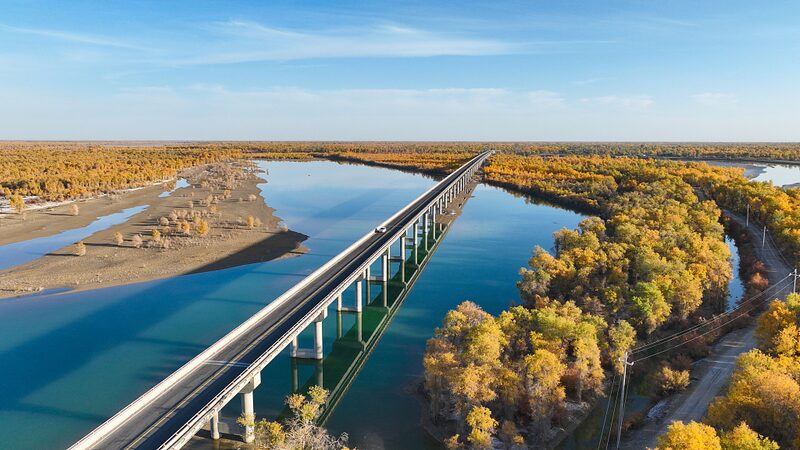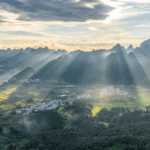Nestled in the Changji Hui Autonomous Prefecture of northwest China's Xinjiang Uygur Autonomous Region, the Jiangbulake Scenic Area has emerged as a mesmerizing destination blending agriculture and natural beauty. Its vast golden wheat fields, rippling like liquid sunlight under the summer breeze, create a stark yet harmonious contrast with the surrounding snow-capped Tianshan peaks and dense evergreen forests.
A Living Canvas for Travelers
Visitors traverse winding country roads flanked by wheat stalks that stretch to the horizon, their amber hues shifting with the daylight. The area's unique microclimate allows wheat cultivation at elevations exceeding 1,600 meters, resulting in layered landscapes where crops meet alpine meadows.
Economic and Cultural Significance
Local authorities have developed sustainable tourism initiatives around the wheat fields, offering insights into Uygur farming traditions while creating opportunities for small businesses. The annual harvest period sees increased cultural exchanges, with residents hosting agricultural festivals that showcase folk music and traditional bread-making techniques.
Ecological Balance
Researchers highlight Jiangbulake as a model for low-impact agriculture in sensitive ecosystems. The wheat fields' natural irrigation system, fed by mountain snowmelt, demonstrates centuries-old water management practices still relevant to modern sustainable farming discussions.
Reference(s):
Live: Immerse yourself in the golden wheat fields of Jiangbulake
cgtn.com
